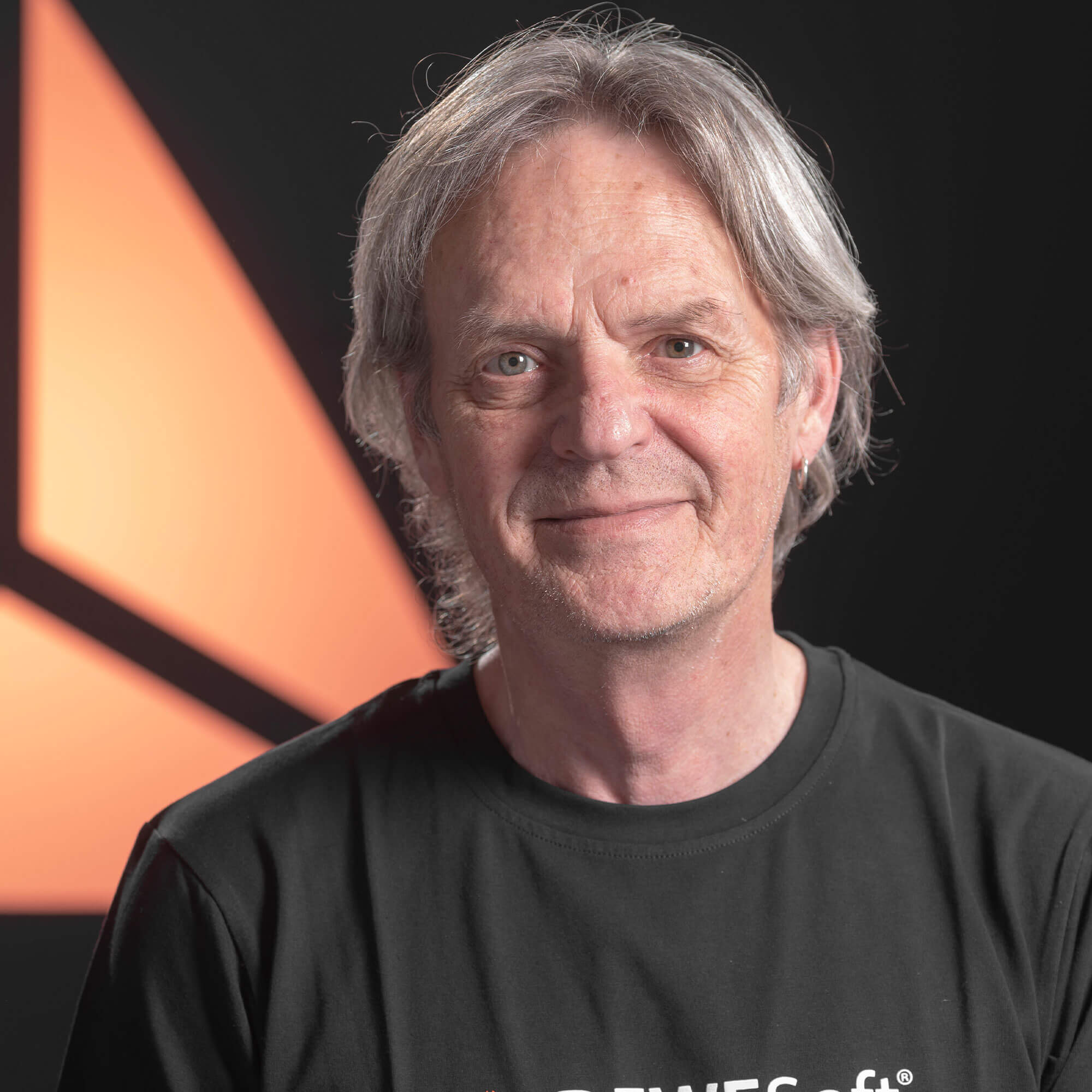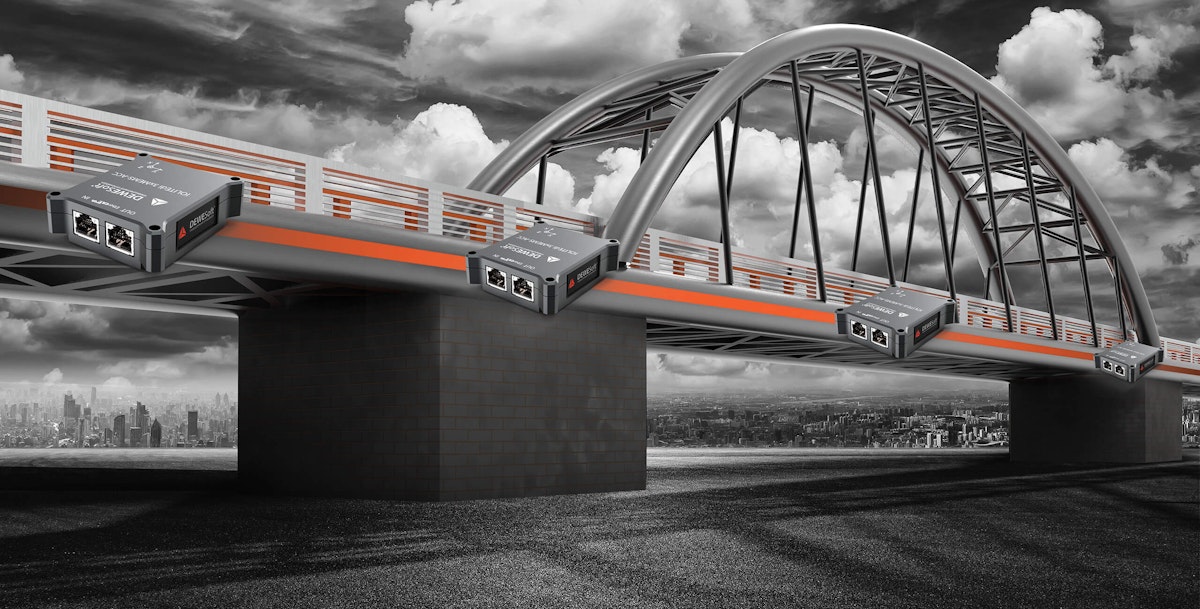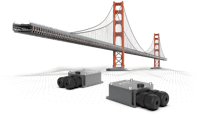Table of contents
Browse categories
Browse authors
 AB
ABAlberto Boffi
 AL
ALAlessia Longo
 AH
AHAl Hoge
 AB
ABAljaž Blažun
 BJ
BJBernard Jerman
 BČ
BČBojan Čontala
 CF
CFCarsten Frederiksen
 CS
CSCarsten Stjernfelt
 DC
DCDaniel Colmenares
 DF
DFDino Florjančič
 EB
EBEmanuele Burgognoni
 EK
EKEva Kalšek
 FB
FBFranck Beranger
 GR
GRGabriele Ribichini
Glacier Chen
 GS
GSGrant Maloy Smith
 HB
HBHelmut Behmüller
 IB
IBIza Burnik
 JO
JOJaka Ogorevc
 JR
JRJake Rosenthal
 JS
JSJernej Sirk
 JM
JMJohn Miller
 KM
KMKarla Yera Morales
 KD
KDKayla Day
 KS
KSKonrad Schweiger
Leslie Wang
 LS
LSLoïc Siret
 LJ
LJLuka Jerman
 MB
MBMarco Behmer
 MR
MRMarco Ribichini
 ML
MLMatic Lebar
 MS
MSMatjaž Strniša
 ME
MEMatthew Engquist
 ME
MEMichael Elmerick
 NP
NPNicolas Phan
 OM
OMOwen Maginity
 PF
PFPatrick Fu
 PR
PRPrimož Rome
 RM
RMRok Mesar
 RS
RSRupert Schwarz
 SA
SASamuele Ardizio
 SK
SKSimon Kodrič
 SG
SGSøren Linnet Gjelstrup
 TH
THThorsten Hartleb
 TV
TVTirin Varghese
 UK
UKUrban Kuhar
Valentino Pagliara
 VS
VSVid Selič
 WK
WKWill Kooiker
Structural Health Monitoring With MEMS Accelerometers

Structural health monitoring is becoming increasingly common as a valid predictive means to assess the state of structures and their need for conservation over time. This is due to the recent tragic events which were first triggered by the disastrous collapse of the Polcevera viaduct in Genoa and due to the overall high level of obsolescence of the Italian national road and railway heritage.
With the introduction of a high-performance MEMS-type accelerometer chip, the Dewesoft IOLITE single-channel data logger developed a 3xMEMS-ACC DAQ device - integrated signal conditioner with a built-in MEMS accelerometer.
ESSEBI now widely uses this tool in various applications in the fields of civil engineering and architecture. The first results have shown it to be the optimal solution among all in the market at the moment.

The main road and railway managing bodies in Italy - ASPI, ANAS, RFI, etc. - are publishing numerous tenders, related to infrastructure diagnostics and structural health monitoring, with the ultimate aim of covering the entire national territory of their competence with such services.
The context in terms of job opportunities in the sector is becoming increasingly effervescent and this is why many operators are taking action with all available means. Few with any experience, many improvised and often recycled from the most varied work activities, perhaps involved in the production crisis. In this scene, more than a dozen companies have thrown themselves headlong into the production of modular acquisition systems starting, very often, from previous experiences that are not very significant, especially in the field of controls and measurement.
The dominant feature of this nascent electronics, which is taken as a pretext and as a distinctive and indicative element of better performance, is almost always the wireless transmission of the signal. If it is good for static measurements, with a decidedly negligible amount of data involved, it is not at all suitable for dynamics.
Even with sampling rates that are not prohibitive, consumption is so high as to make grid power supply unavoidable and, at this point, the same power cable can be used to carry the signal with consequent greater safety in transmission, synchronization, and above all respect of the European Community indications.
ESSEBI S.r.l. has been operating in the monitoring sector for almost thirty years. They chose reliability and have turned to Dewesoft. Dewesoft did not have a product that would meet the specific market needs available at the time. But it has promptly launched a targeted development starting from similar solutions, which were already extensively tested on the market.
Since 1992 ESSEBI has been operating mainly in the structural engineering services sector. The company’s specific competence is the implementation of static or dynamic monitoring systems on both civil structures and architectural works, but also the performance of general non-destructive testing and diagnostic activities on artefacts in reinforced and prestressed concrete, steel, masonry, and wood.
Initial overpass monitoring projects
At the end of 2017, ESSEBI was involved in the construction of dynamic monitoring systems on four motorway overpasses in Emilia Romagna. The design company LA SIA, in turn, was appointed by SITE (a telephone, and electrical system company, assigned by Autostrade per l'Italia ASPI) the leading European concessionaire for toll motorway construction and management.
The first of them was the overpass bridge in Val d'Enza, on the A1 highway. This was considered a pilot plant and was required to be built with extreme urgency. ESSEBI was forced to turn to those on the market who boasted equipment suitable for monitoring purposes. Especially at decidedly competitive prices, capable of complying with the tight budget made available.
The quickest and apparently most effective solution was to contact the Rome-based company. Born as an outsourcing of the corporate branch dedicated to the production and marketing of a satellite anti-theft system for cars.
But the experience was completely unsuccessful due to the total unreliability of the instrumentation and the absolute lack of management software. That is always about to be finished, but was never really delivered.
The only positive aspect was that the bugs of the whole apparatus, fortunately, came out immediately (and there were many of them). This gave ESSEBI the possibility to immediately change course starting from the end of the installation of the first system and turn to other shores.
Faced with repeated attempts to intervene, with little success, all that remained was to turn to another supplier. The winning choice was to refer to Dewesoft. Dewesoft did not yet have any complete solution ready. But their indisputable corporate credibility, seriousness, and the possibility of setting up a dedicated development in a relatively short time gave them the edge to be selected.
The conception of the 3xMEMS-ACC
A working lunch settled a few steps away from the ESSEBI headquarters in Rome, was an opportunity to discuss the situation with the Dewesoft representative in Italy. Within a few days, the challenge was accepted with considerable enthusiasm and turned into serious prototype development.
Thus, begins the adventure aimed at developing an accelerometric acquisition module, with a built-in MEMS transducer (MEMS - Micro-ElectroMechanical System) based on Dewesoft’s general-purpose single-channel data acquisition device called IOLITE-3xMEMS.
After a couple of months, a prototype with a chip from the renowned MEMS-chip manufacturer was prepared. Unfortunately, it was not enough to satisfy ESSEBI's requests in terms of the signal-to-noise ratio. New experimentation was started with a MEMS chip from an alternative semiconductor company, strongly supported by ESSEBI itself.
This time the results were excellent and within a further two months, we had the first working and tested prototypes satisfying the requirements set up with a spectral noise density not exceeding 25 µg/√Hz.
Seismic noise performance - With only 25 µg/√Hz spectral noise density and 100 µg residual noise at 50 Hz bandwidth the MonoDAQ-E-gMeter is a cost-effective solution for seismic measurements. The FFT recorder below shows the residual noise of the three axes at the sample rate of 100 S/s.
Even though the MonoDAQ-E-gMeter measures acceleration, it can also be used to precisely measure displacement by integrating the acceleration twice and applying appropriate filtering. The task is straightforward thanks to the DewesoftX software environment. In the experiment shown below the linear displacement is measured directly with a laser distance sensor and also calculated from measured acceleration. Results show great accuracy even at a low frequency of 1.5 Hz.
The requirements were imposed by ESSEBI and based on the assumption that the module should have identified the environmental noise to which buildings and infrastructures are subject to a good resolution.
The product was named MonoDAQ-E-gMeter, with the “E” denoting its EtherCAT interface and “g” standing for what it measures - acceleration in gees. Today the device is sold under the Dewesoft IOLITE family of data acquisition systems (IOLITE-3xMEMS-ACC). The company decided this is the best strategy to take on the worldwide structural monitoring market. In Germany, the product is distributed by Althen company.
Learn more:

The splendid adventure finally begins with the installation of the DAQ systems in the remaining three overpasses on the Val d’Enza. The systems completely replaced the old systems used, which in fact never worked properly.
Since that time, many installations have followed and have involved the most disparate types of artifacts in the field of civil constructions, infrastructures, and architectural works.
The Milan Fair in rho structural monitoring system
Monitoring systems installed in the Service Center and in Pavilion 13 of the Milan Fair have the purpose of starting trigger recordings when severe atmospheric events occur (snow, wind, etc.). In this case, the transducers, suitably calibrated in high temperature, have the additional purpose of making static rotational recordings with accuracies of the order of a hundredth of a degree, acting in all respects as servo-inclinometers.
The Service Center structure being investigated consists of a 54,000 square meter covering wave of glass bolted to a steel reticular structure resting on a system of modular distance steel columns. The "sail" is over 30 m wide and a kilometer and a half long and cuts the central axis of the exhibition center by connecting the east and west doors of the Fair. The highest point reaches 35 m in height.
We have chosen to measure the accelerations of a rib of the steel frame that supports the entire structure. It is measured with three triaxial IOLITEd-3xMEMS-ACC MEMS devices. This choice is linked to the fact that the entire structure rests on a base that allows it to move in the plane.
With regard to Pavilion 13, the 3xMEMS-ACC modules are integrated into a larger system with different types of modules from the IOLITE DAQ family, mostly the IOLITEd STG type for connection to strain gauge sensors.
A series of transducers have been installed on the lattice truss elements that constitute the beams of the roof in order to monitor the trends. The main source of dynamic excitation used during the measurements was that produced by the environment, in particular by the wind action.
The roof in question consists of steel trusses. The longitudinal beam is 224m long and distributes the load on 6 supporting pillars. The main beam is integral with 8 transverse trusses of equal dignity with extremal and central supports on the main beam.
On the roof trusses, there are 9 acceleration measurement points along the 3 axes of a set of three references, arranged both along the main and secondary beams as shown in the attached Layout.
IOLITEd-3xMEMS-ACC MEMS accelerometers were used to measure accelerations and inclinations. DewesoftX data acquisition software is used for:
managing the acquisition,
setting the parameters for all the sensors,
displaying the time history of the acquired signals,
instantaneous FFT, and
data saving.
As regards the OMA surveys, the dynamic quantity chosen for the measurements consists of the frequency response of the structure in terms of accelerations in the defined points.
The Vado Ligure offshore dock
The systems installed on a jetty in Vado Ligure and on an offshore platform in Savona have the aim of verifying the behavior of both structures when subjected to a significant wave influence.
In addition to some buildings in Rome, systems have been installed on some buildings of its own property along the Apennine ridge, with the main purpose of identifying seismic events, of any entity, with triggered storage.
Passive seismic control
Considering the huge real estate assets of Poste Italiane, if this experimentation were to hit the mark, it would open up very interesting scenarios in the passive seismic control of countless artifacts located in seismically relevant areas.
With regard to a residential or monumental building, a typical modular dynamic monitoring system consists of a series of 3x MEMS-ACC DAQ modules appropriately distributed on the various floors and powered over Ethernet (PoE).
In the case of buildings that are regular in plan and in height, minimal installations are required with a 3xMEMS-ACC at the foundation (zero seismic), as well as a couple arranged, for example, on the top floor. This is the hypothesis of shear-type floors and when you want to analyze only the first modal forms. As interest in higher modal forms increases, there is a progressive involvement of all the other floors, until they are all affected.
In the face of more complex buildings, the number of modules inevitably tends to increase as a function of the desire to obtain analysis that is more and more truthful. The acquired data are then stored in accordance with appropriate selective algorithms on the mass support of the industrial PC placed in a special panel together with a router. The router is used to provide an internet connection on the remote terminal. A system for sending messages is also usually active when previously set thresholds are exceeded.
Preventive control of building condition
The Italian territory is packed with architectural treasures. At the same time, it is often battered by seismic events, more or less significant, which cause serious damage. Hence a permanent and preventive control of the artefacts considered to be of the greatest value, regardless of their actual conservation conditions, could constitute a serious opportunity in terms of future developments.
At the moment Palazzo Pamphilj and the Portico di Ottavia in Rome are under instrumental observation. The modular dynamic monitoring systems are installed with multiple 3xMEMS-ACC devices.
The monitoring system is important for two things:
Allowing the trigger storage of seismic events with the possibility of evaluating the actual behaviour of the building portion of interest when subjected to significant shaking.
Enabling periodic modal analysis with the sole environmental excitement.
The IOLITEdi-3xMEMS-ACC modules, with their characteristic of very low spectral noise, are particularly suitable for carrying out modal analysis in operating conditions (OMA). In addition to the main purpose for which they have been installed, the whole series of artefacts reported above, have allowed arriving at dynamic characterizations, enabling to full define the dynamic identity card of the artefact under consideration.
OMA modal analysis of bridges
Considering the above, the IOLITEd 3xMEMS-ACC was not only used in permanent monitoring installations but also in extemporaneous solutions for the dynamic characterization of different types of structures by means of the OMA.
Here is an example of two city bridges:
the famous Ponte del Risorgimento in Rome, with a span of over 100 m among the first reinforced concrete works built in Italy,
and the metal pedestrian walkway called the Navetta in Parma.
With regard to Ponte della Navetta, an analysis before and after the intervention was carried out with tuned mass systems to evaluate its effectiveness in terms of vibration damping.
In the case of Ponte del Risorgimento, the OMA was compared with the measurement performed by the ESSEBI back in 2014. The overlap in terms of natural frequencies with the results obtained at the time, with multi-channel systems and high-sensitivity seismic IEPE piezoelectric accelerometers, was amazing. Even more surprising was the use of IOLITEdi-3xMEMS-ACC devices (five on each side edge of the bridge) to have obtained softer and more defined modal shapes.
Other OMA were performed on other artefacts. We just want to recall the testing of the two recently built overpasses in Novara and Palmanova (UD).
Monitoring nearby construction and demolition
An application that is becoming increasingly popular is vibration control in buildings. This is adjacent to an area with high-intensity vibrations that are artificially caused. At the moment ESSEBI is in fact engaged in checking four buildings around one - a former clinic - that is gradually being demolished.
The four autonomous systems, in the four buildings, are all made up of IOLITEdi-3xMEMS-ACC modules connected to PCs. By using a router and remote control, messages are sent whenever the threshold values derived from the available standards (DIN 4150, ISO 4688, etc.) are exceeded.
Conclusion
About two years after its birth, the IOLITEdi-3xMEMS-ACC is establishing itself as an optimal and versatile solution for dynamic monitoring of any kind. It is particularly suitable for applications concerning structural health monitoring.
Competing solutions proposed are always the same. They usually include many modules with a sensitive element consisting of accelerometer sensors or velocimeters connected via LAN or wireless networks. Such a solution is banned by many EU directives due to problems related to safety. It is fallacious for dynamic applications where the acquired data is huge, is high on battery consumption, and is highly risky when it is necessary to guarantee synchronous data acquisition.
These proposed modules refer to most often consist of a PC or of some minimal process controller with the possibility of data storage and remote operation. At best these solutions are set up and assembled in some basement, without any industrial approach or testing.
The presence of a valid software platform, with the possibility of multiple uses at different levels of complexity, gives an extra kick to Dewesoft data acquisition instrumentation. It always represents an inevitable weakness of competition which, in a more or less amateurish way, tries to enter the sector of structural monitoring.
More information



